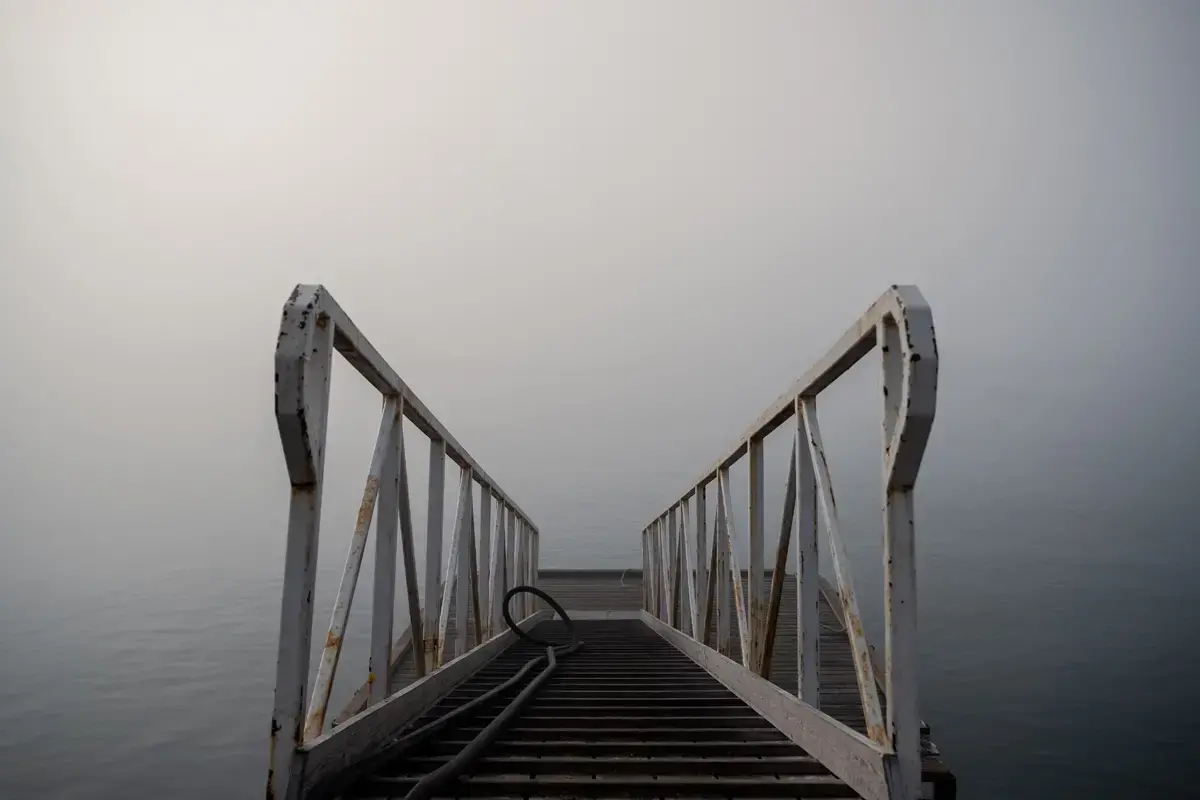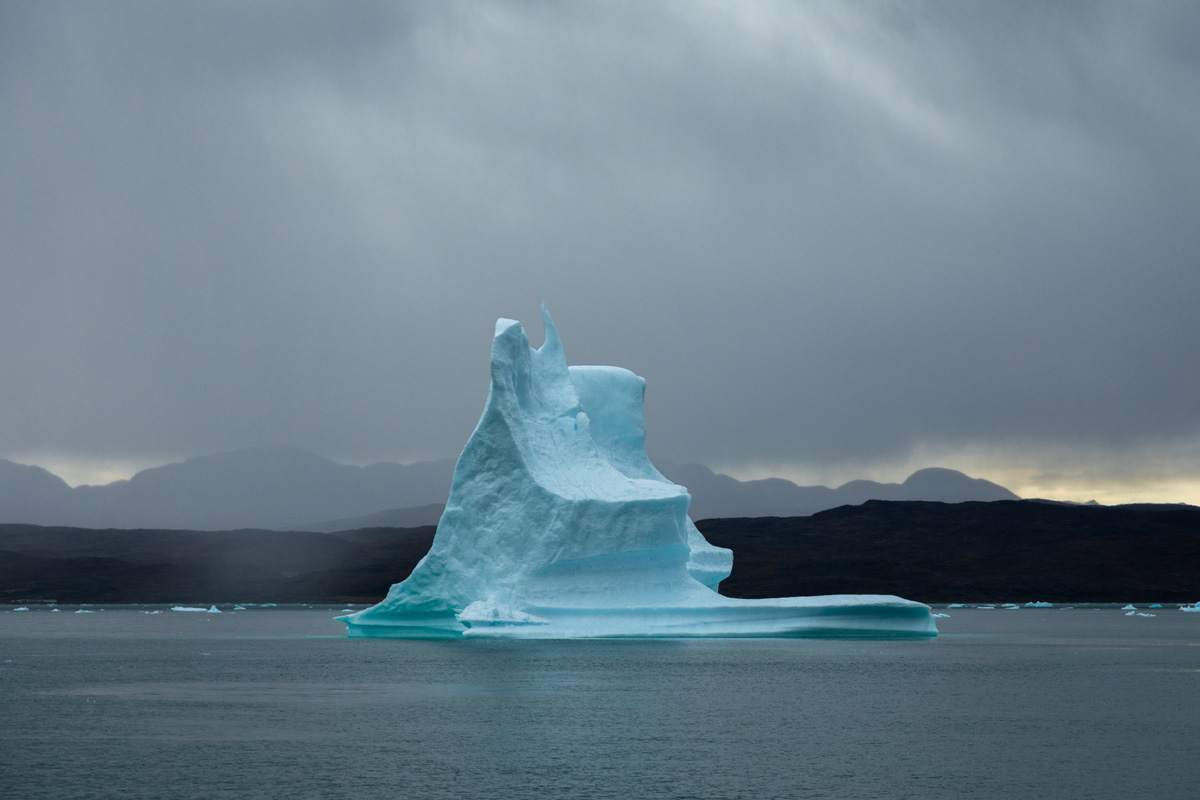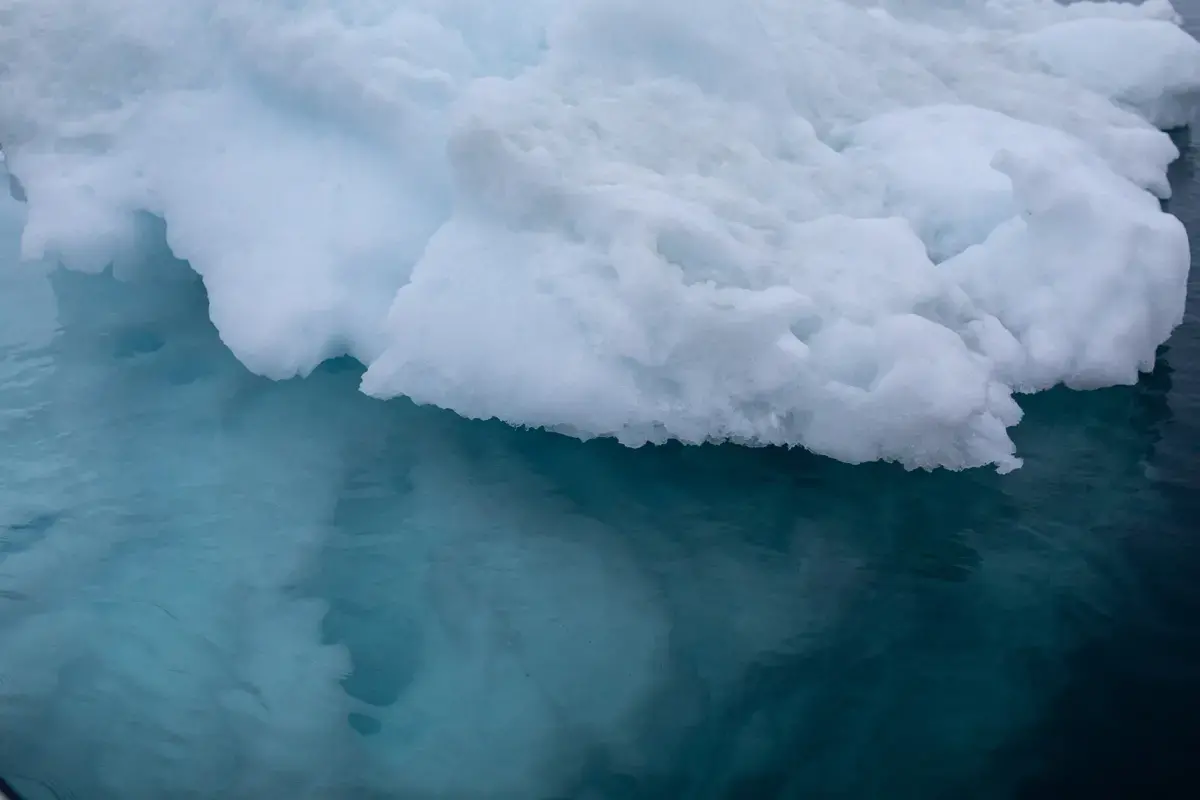
Another version of this report, with additional photos, can be found on Politico Europe's website.
NARSAQ, NUUK and ILULISSAT, Greenland
As the most tranquil and magnificent backdrop to our planet’s climate catastrophe, Greenland’s landscape is just as unique as its perspective on climate change.
In contrast to almost everywhere else, Greenland officially views climate change as a positive prospect—one bringing opportunities to this independent country within the Danish Realm. And as the world’s least densely populated nation on the largest island that isn’t a continent, it’s easy to see why many here are keen to find out what the altered future may hold.
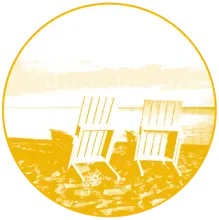
As a nonprofit journalism organization, we depend on your support to fund our nationwide Connected Coastlines climate reporting. Donate any amount today to become a Pulitzer Center Champion and receive exclusive benefits!
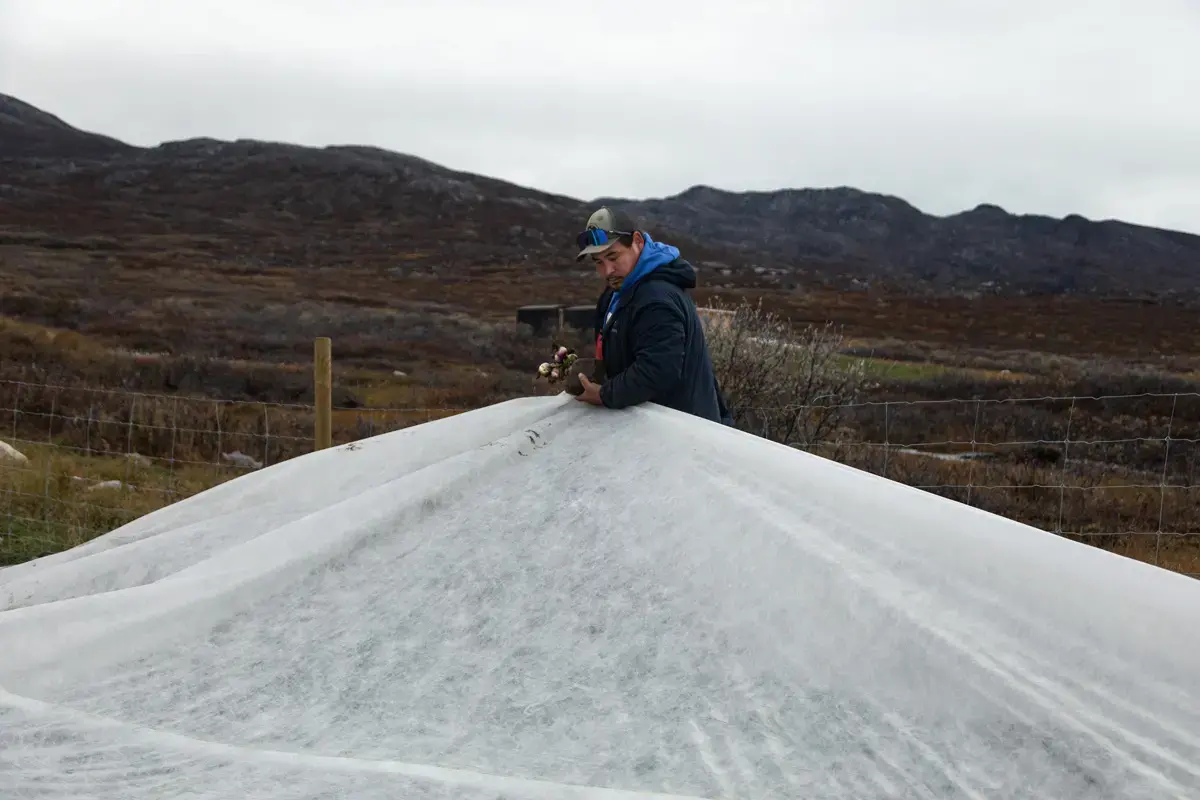
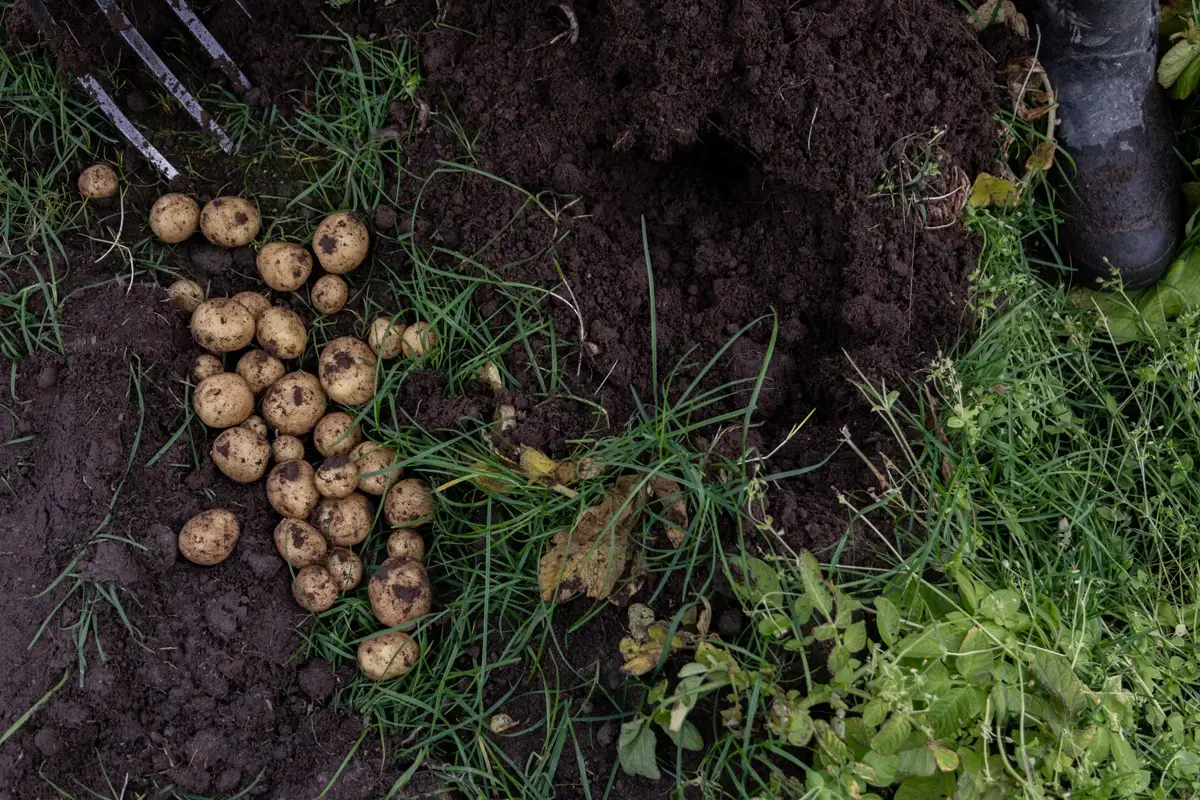
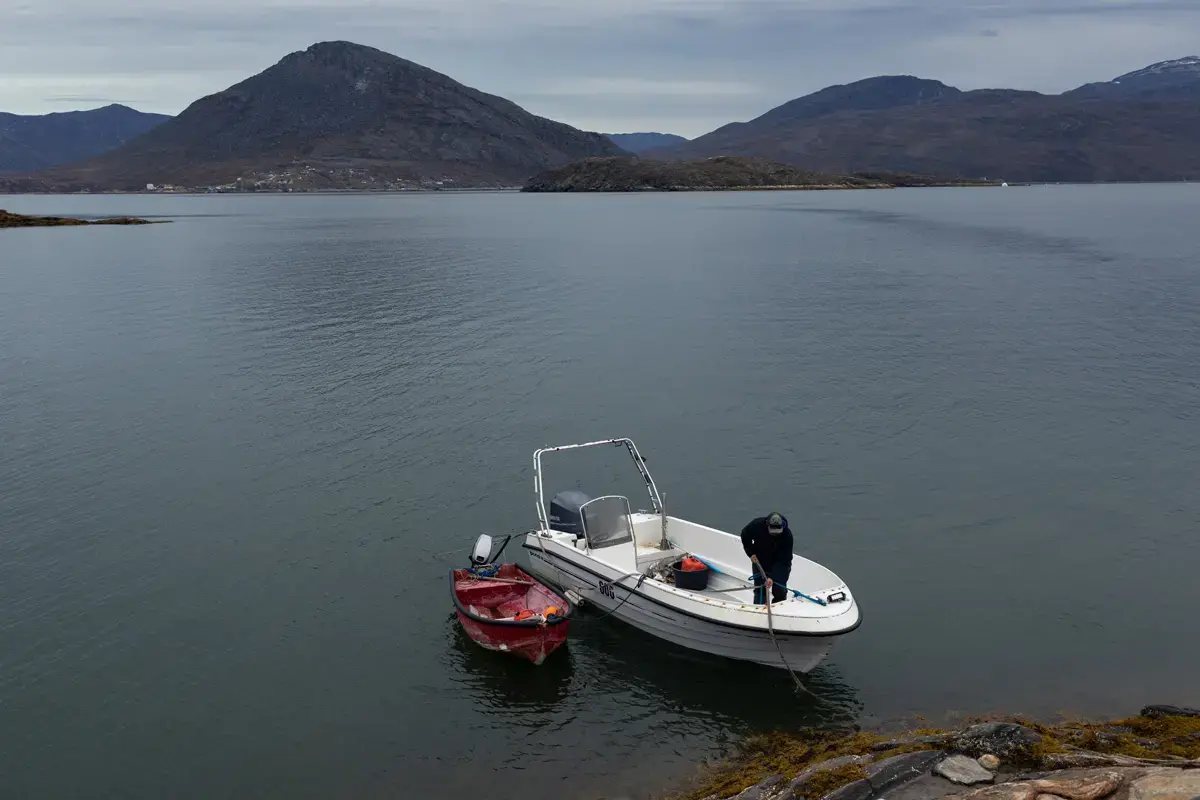
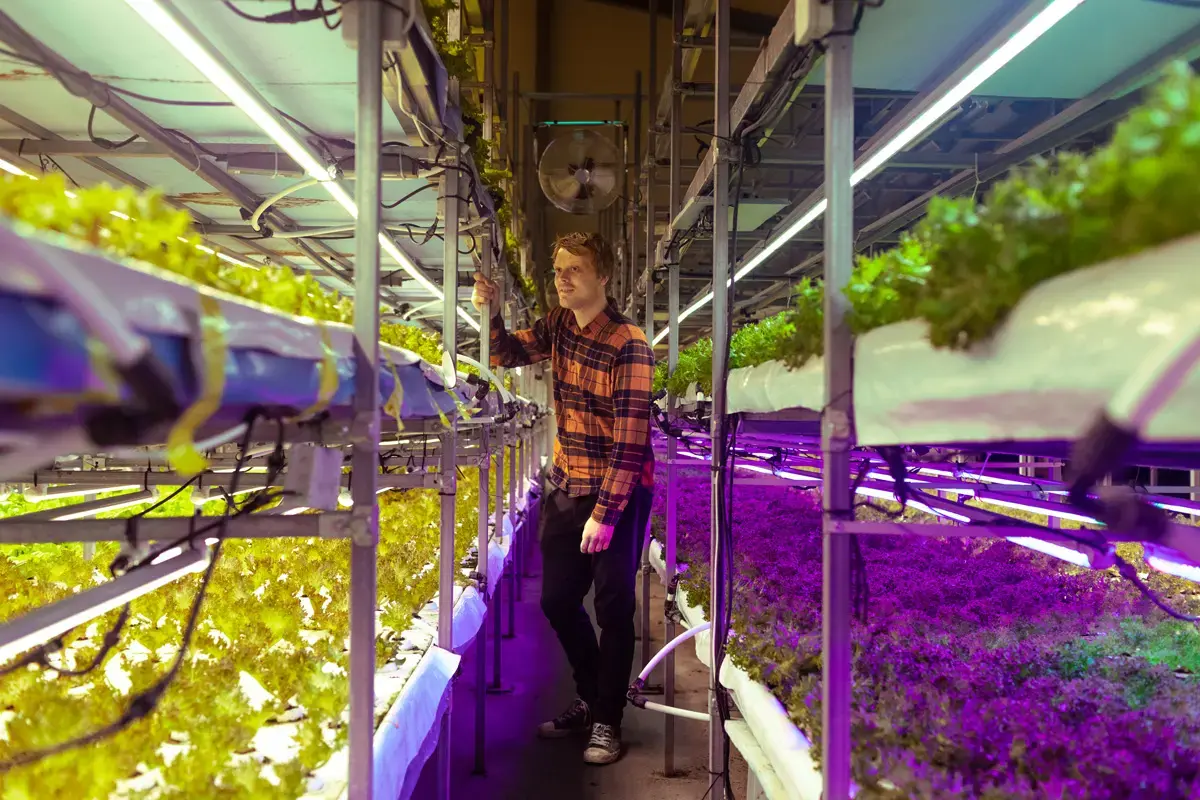
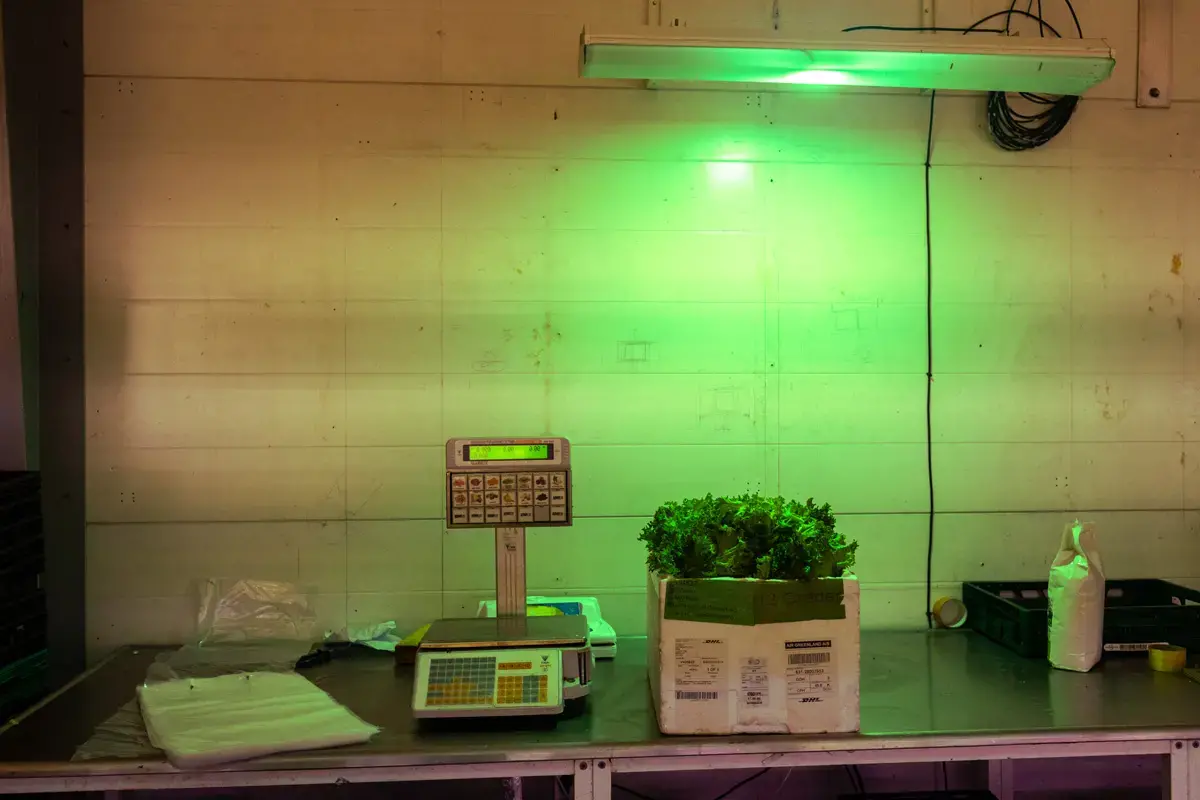
Former Prime Minister Aleqa Hammond once claimed that “Greenlanders are very good at seeing the new opportunities. We have refused to be victimized due to climate change . . . I wish that it wasn’t happening but it is and that’s a fact. Once it’s there, [we] have an obligation to [make] the best out of it.”
This is a rare and unique perspective among the world’s governments, and—as to be expected—it’s not as straightforward as it sounds.
“Greenland is probably the only place in the world where meat is cheaper than lettuce or vegetables,” smiles Rasmus Damsgaard Jakobsen, the founder and manager of Greenlandic Greenhouse, a year-round lettuce and vegetable farm in the capital city of Nuuk, home to a quarter of the country’s 56,000 citizens.
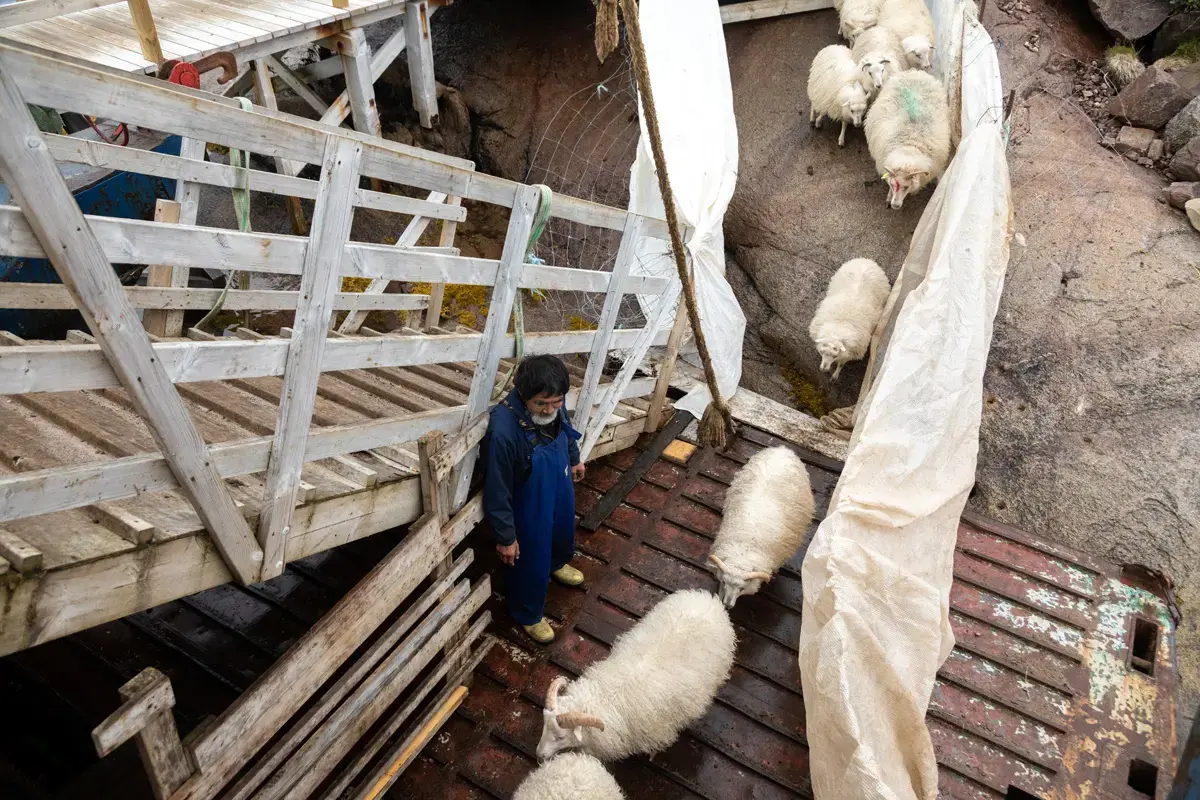
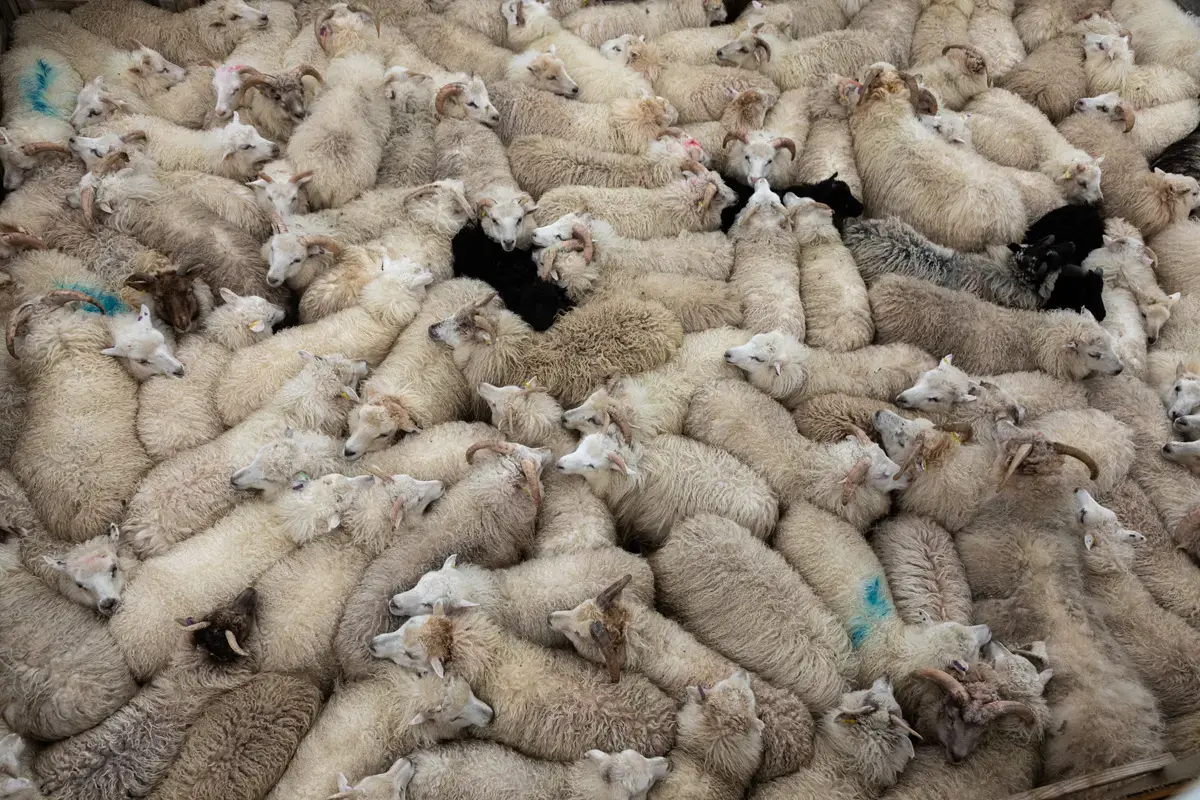
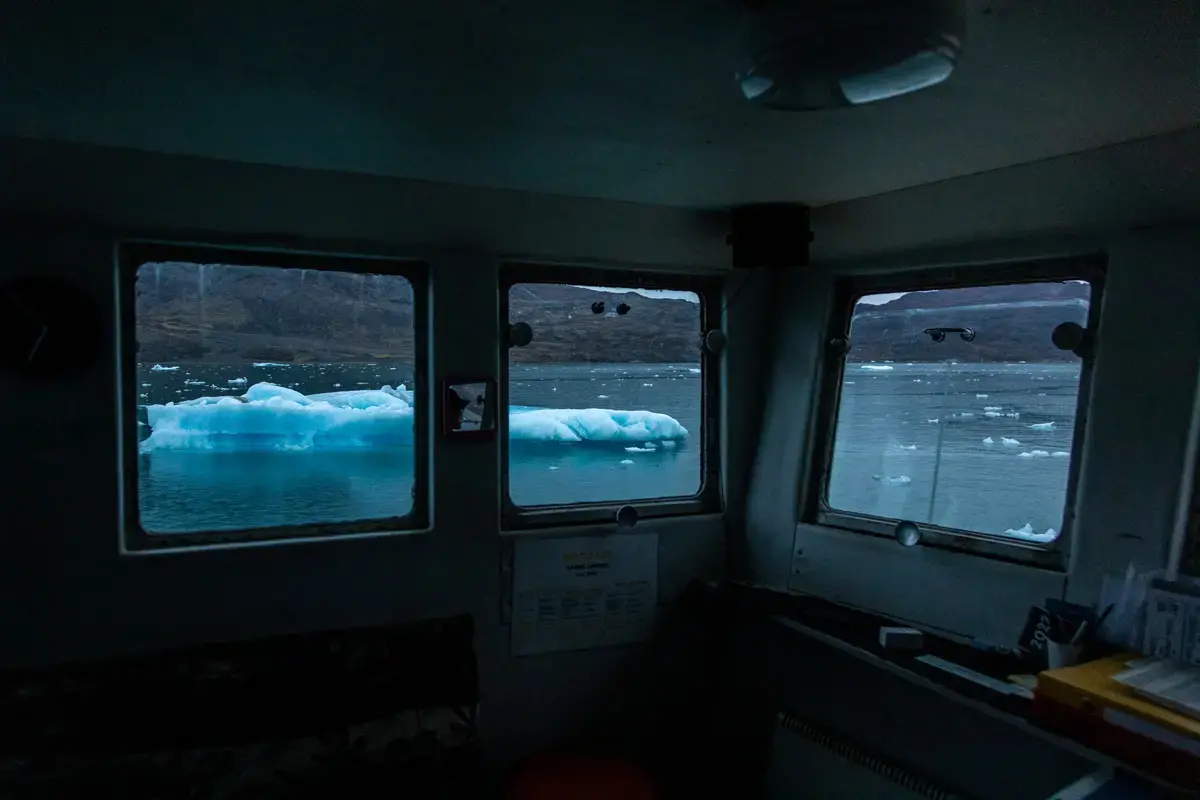
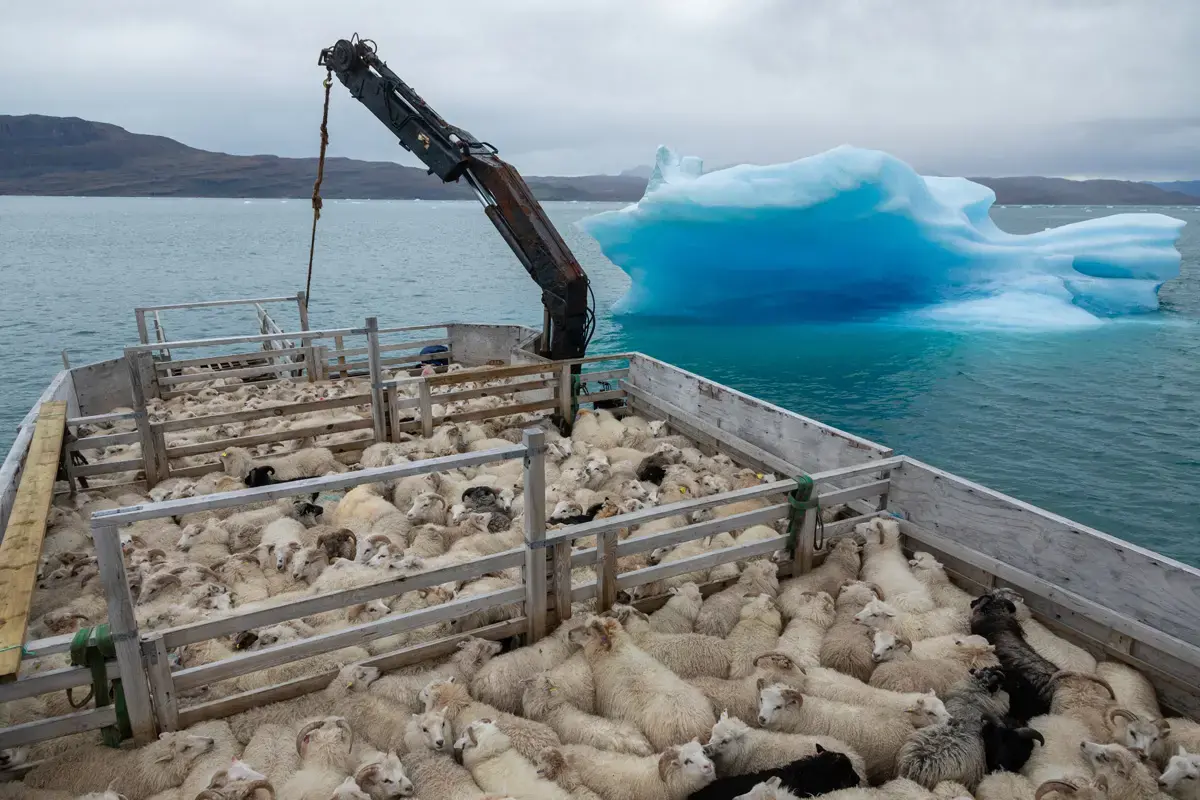
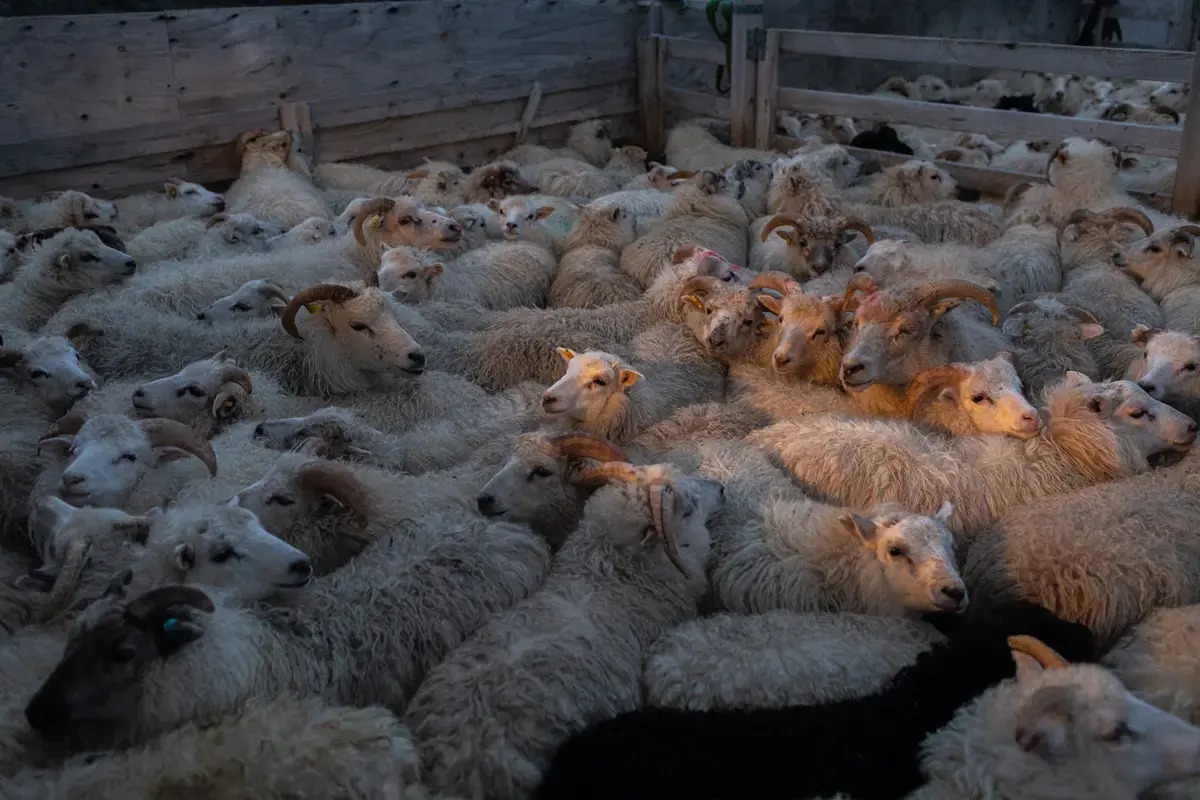
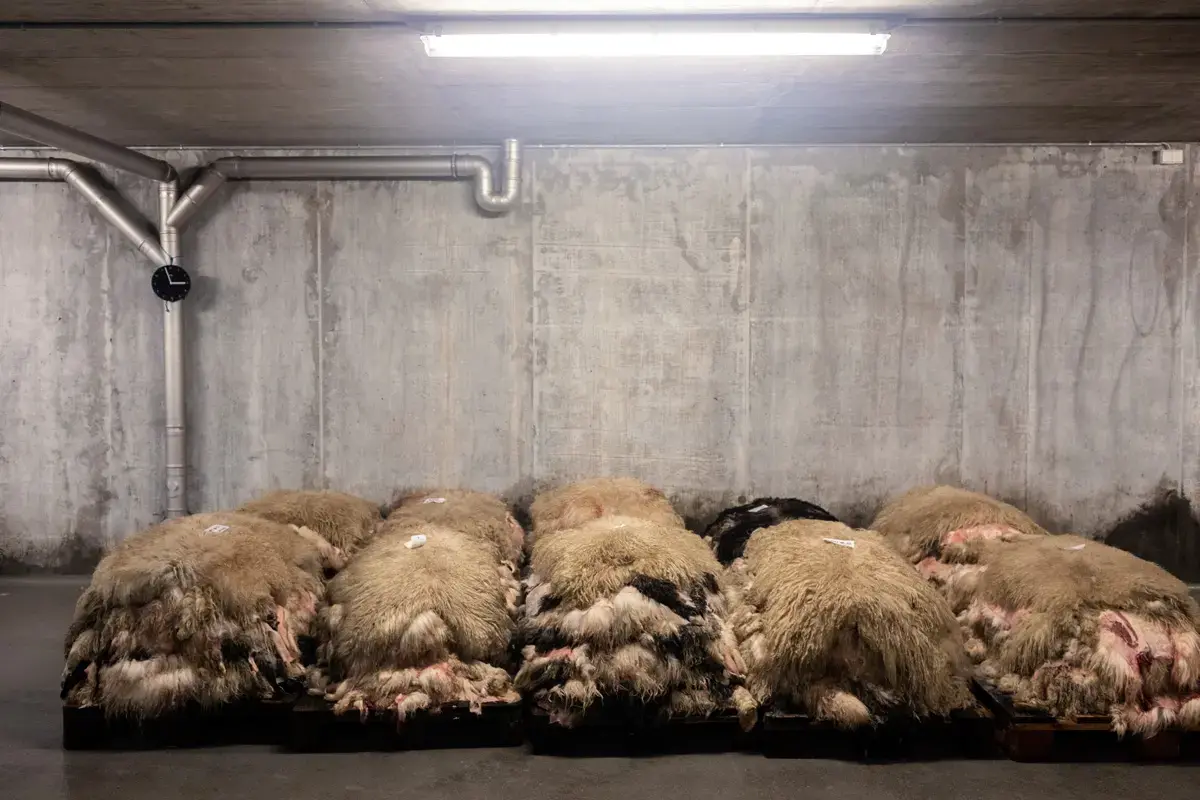
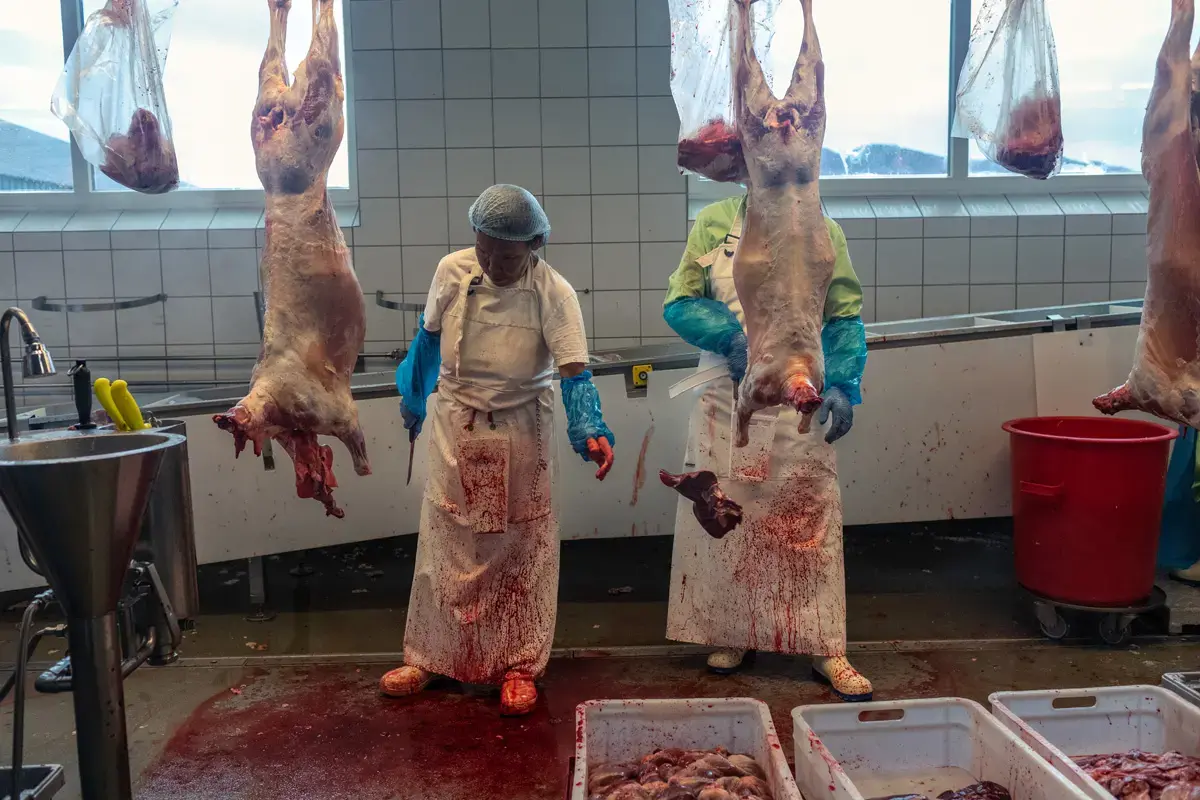
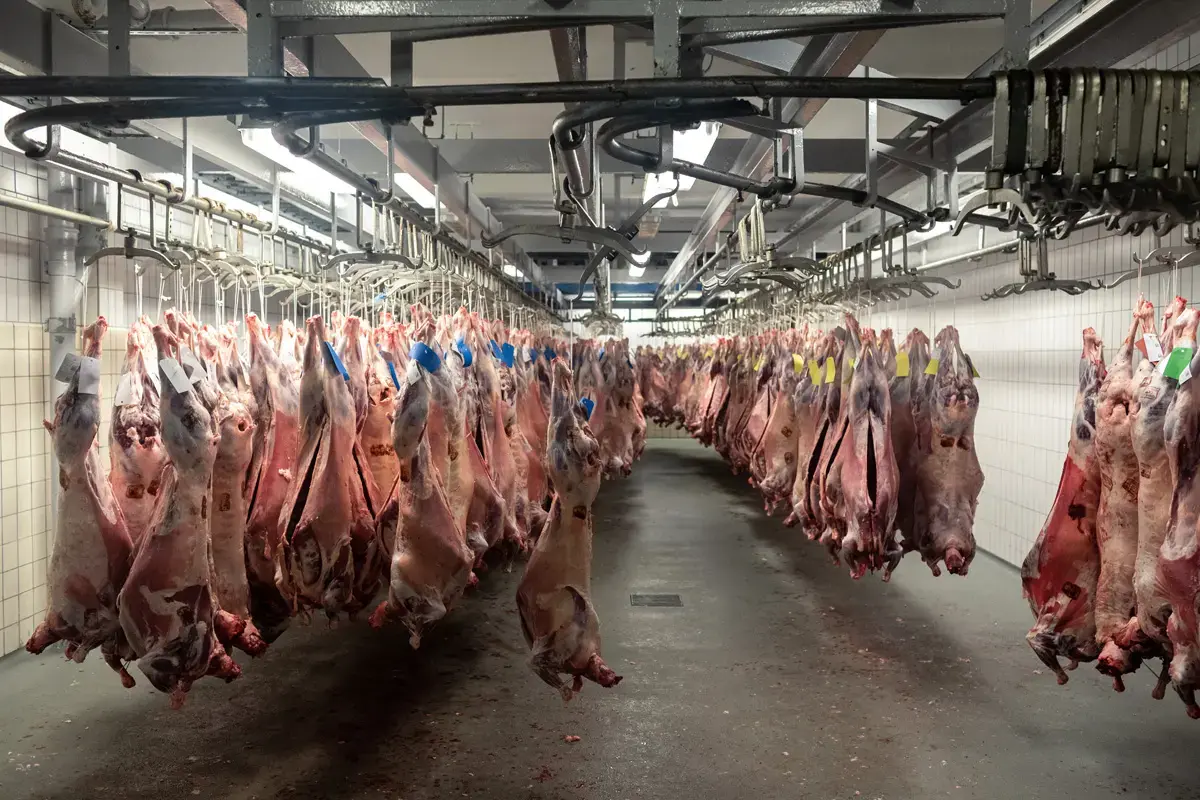
Amid the bright purple glow oozing from his “farm” across the otherwise grey and drab surroundings, Rasmus strolls the narrow, LED-lit aisles stacked high with pristine lettuce, the radio blaring.
Some 300 meters from his front door, construction on the capital’s new airport, which will finally allow for direct international flights, grinds on 24/7. One of three new airports being built, these projects offer a glimpse of the country’s increased emphasis on tourism and infrastructure.
Noting that the building work never seems to stop, Rasmus believes better days lay ahead. “I agree that climate change holds a lot of possibilities and benefits for Greenland. There’s a lot of land up here, and they don’t fully know what’s underneath a lot of the ice, so it could definitely get interesting,” he said, and “tourism brings big opportunities.”
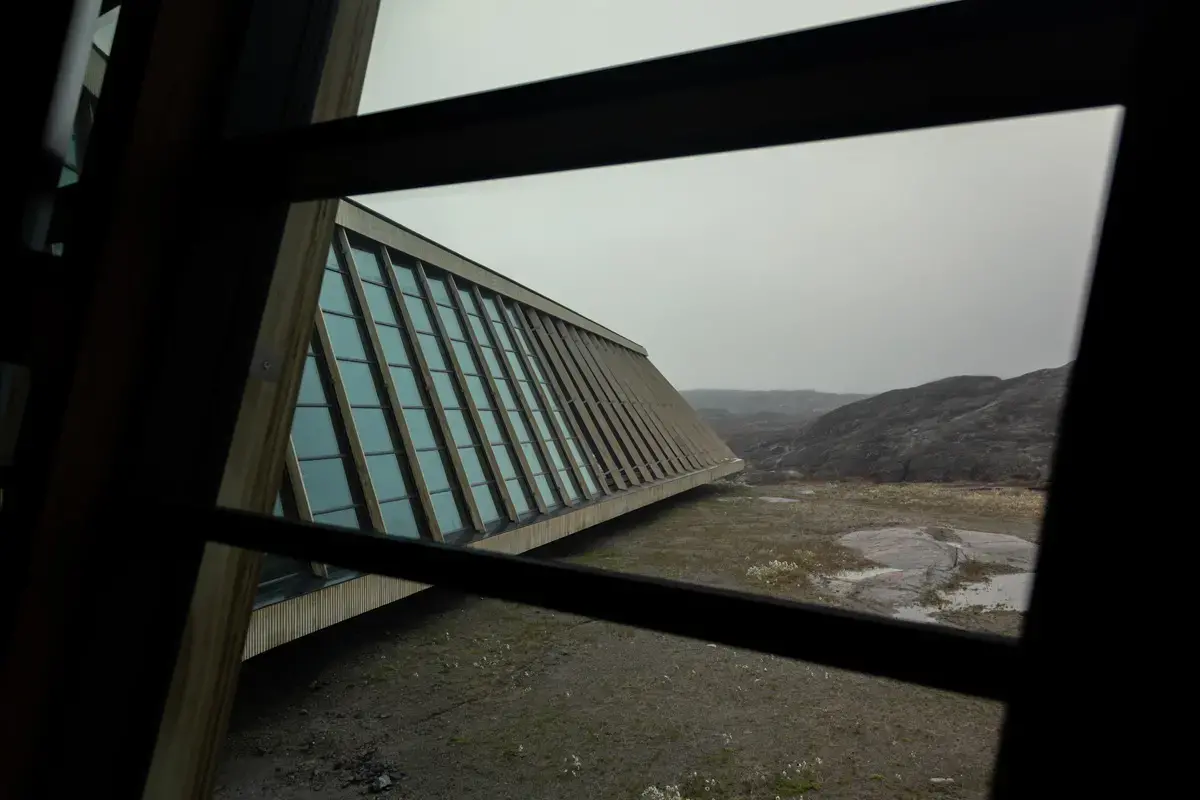
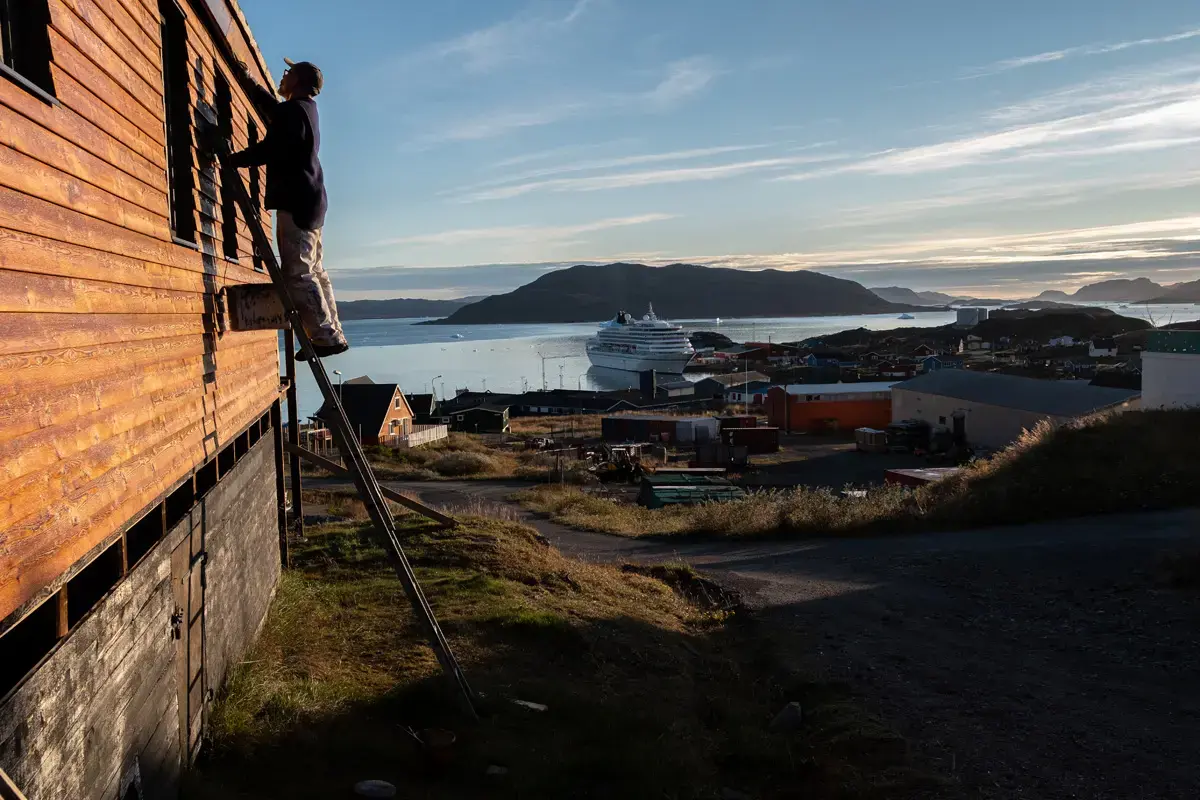
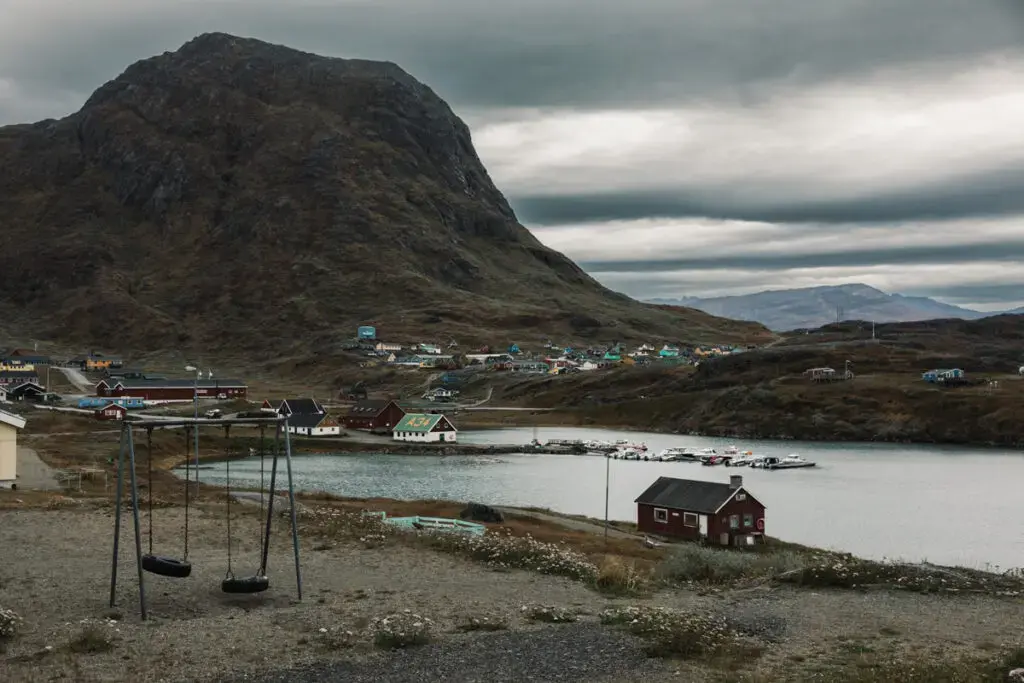
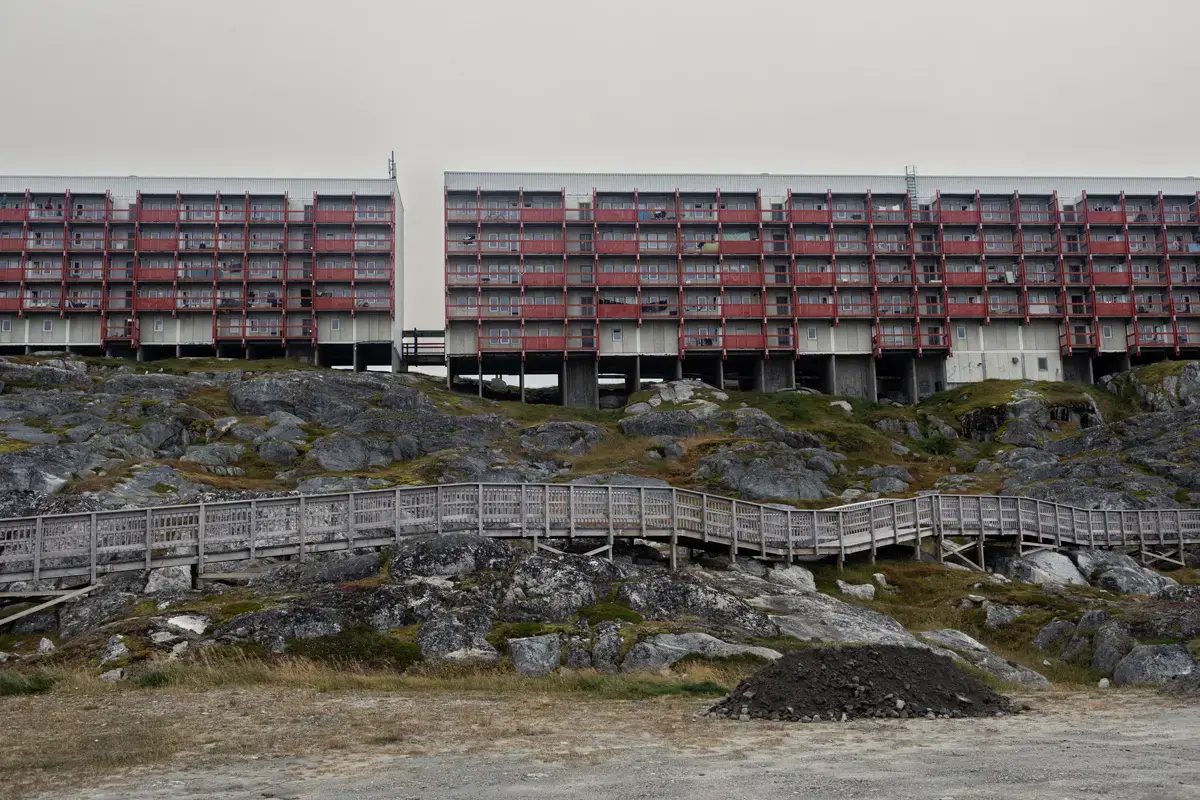
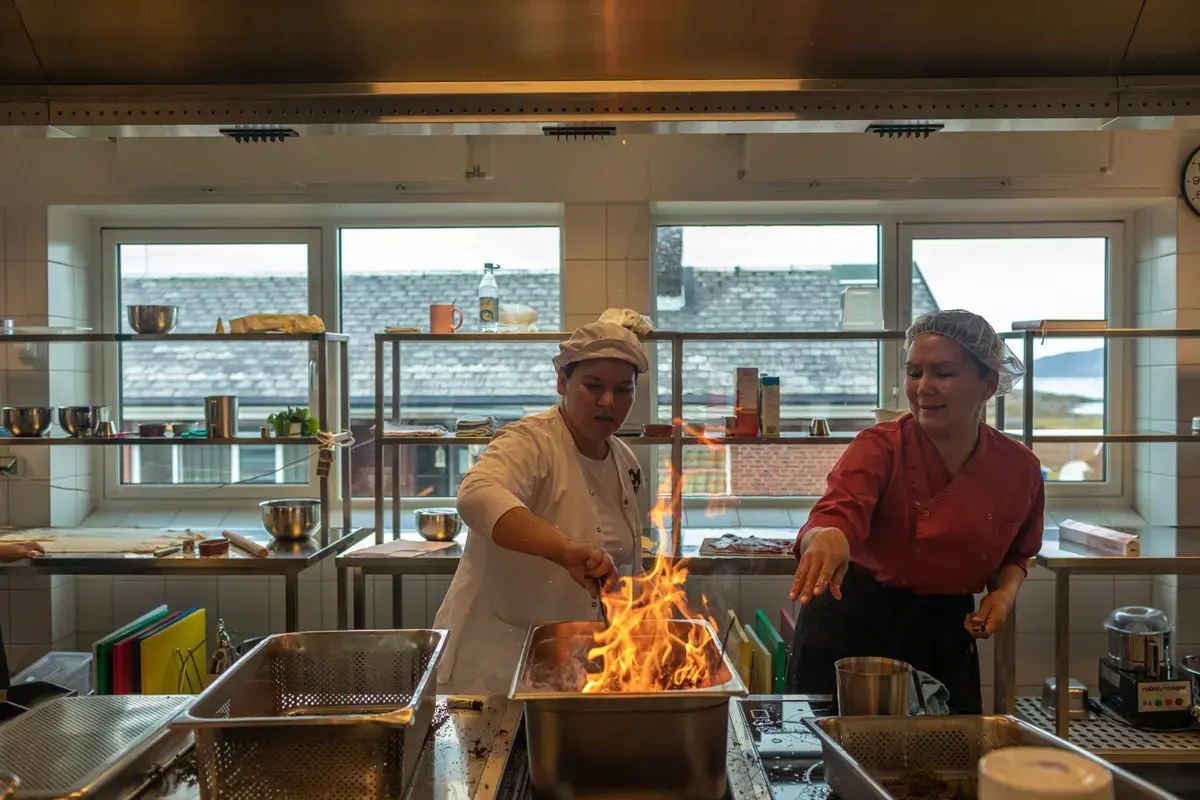
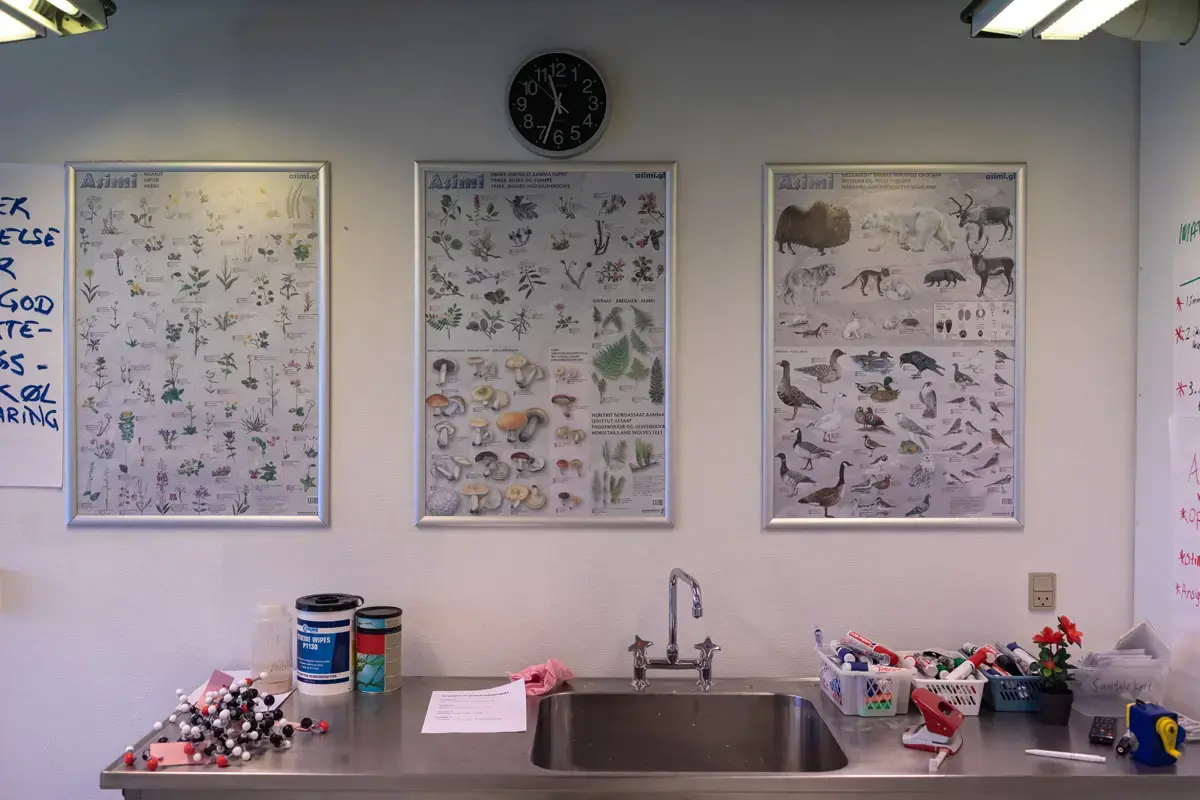
Yet, Sarah Woodall’s experience at Innovation South Greenland—an industry-bridging tourism company funded by the district of Qaqortoq in southern Greenland—exposes the double-edged sword felt by many locals. “There’s a dash of tourists visiting Greenland to see the melting ice cap before it’s gone forever, but I don’t think that urgency is necessary. The ice cap is 3-kilometers thick, it’ll outlive all of us,” she says. “The downside is obviously that the more tourists that visit, the more emissions they produce.”
Further south, in the small agricultural town of Narsaq, melt water untainted by humanity dribbles down from the glaciers, past the colorful homes dotting the mountainous landscape. Icebergs leisurely drift around the bay, offering an occasional creak or crack, in what seems like an ever-changing postcard view—until a large cruise ship dock one late afternoon, vomiting mass tourism onto the town for a night.
Woodall puts the annual number at around 50,000 cruise-ship visitors, with another 5,000 “land based” tourists. She echoes the locals, warning of unsustainable tourism growth and groaning about the sudden arrival of thousands of people taking selfies and treating their hometown like an amusement park, while giving little back.
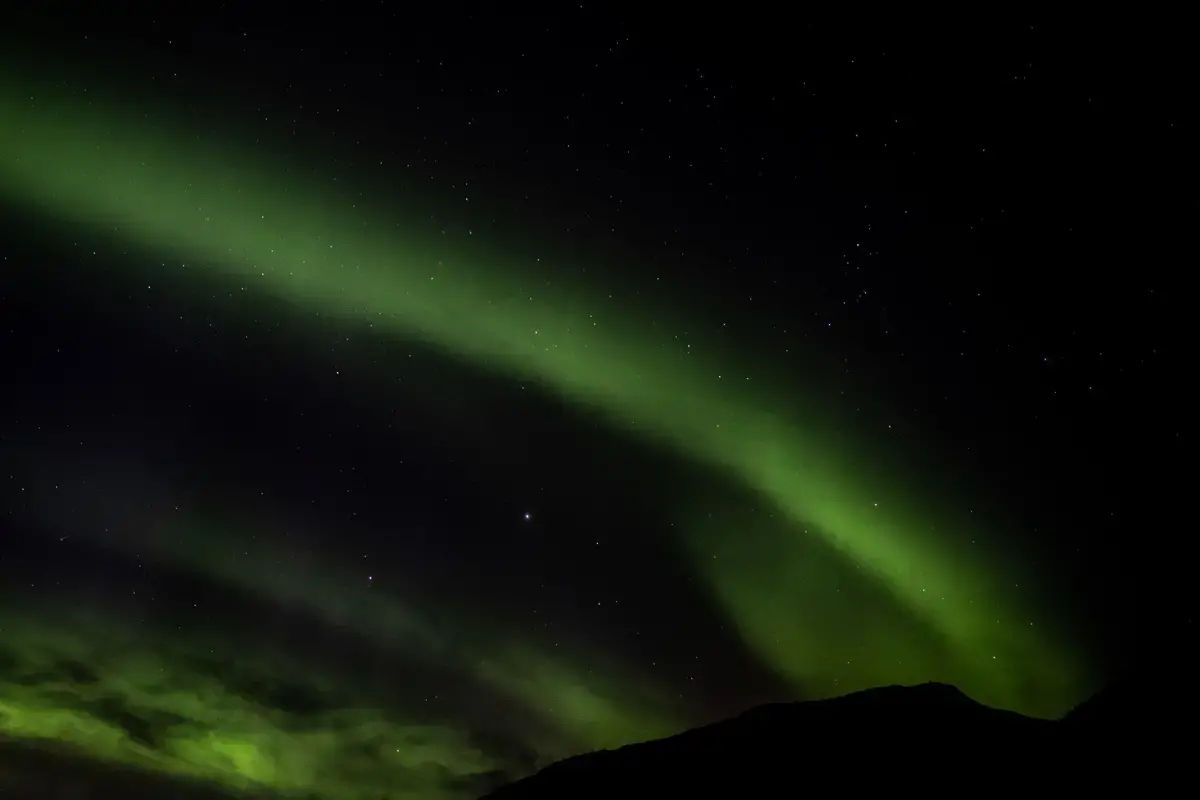
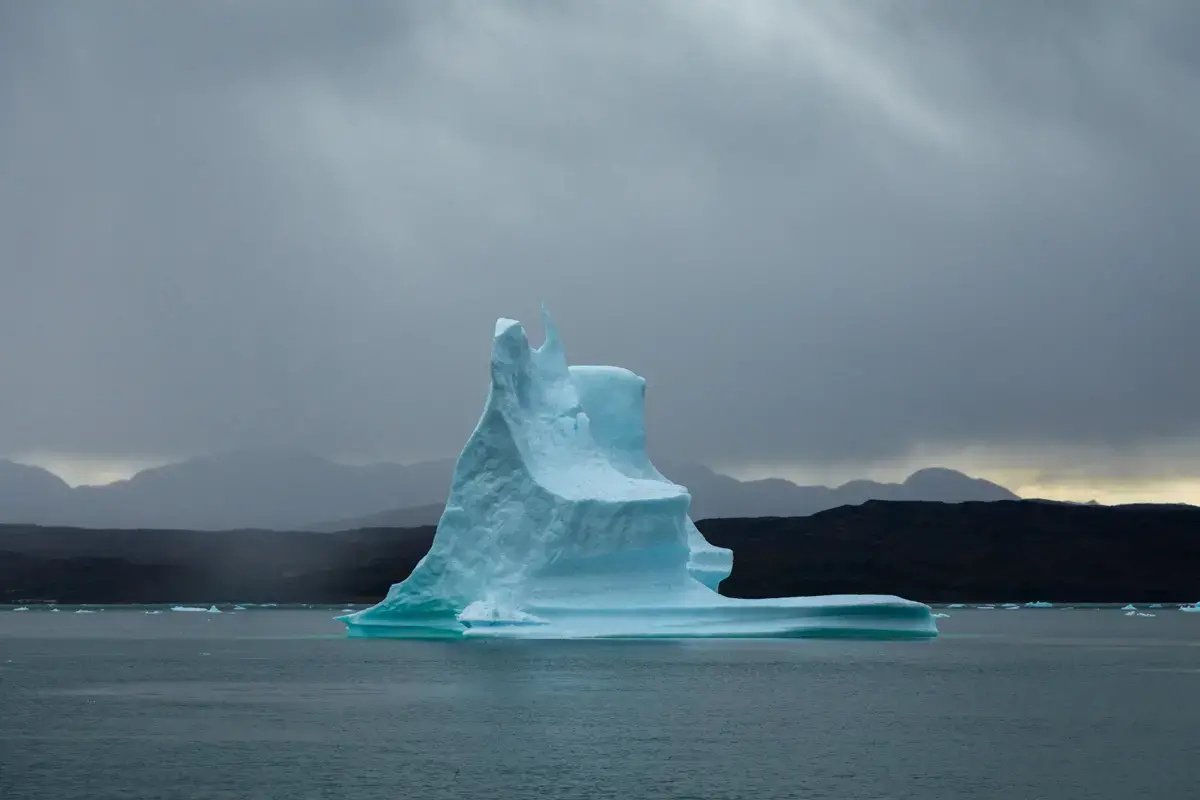
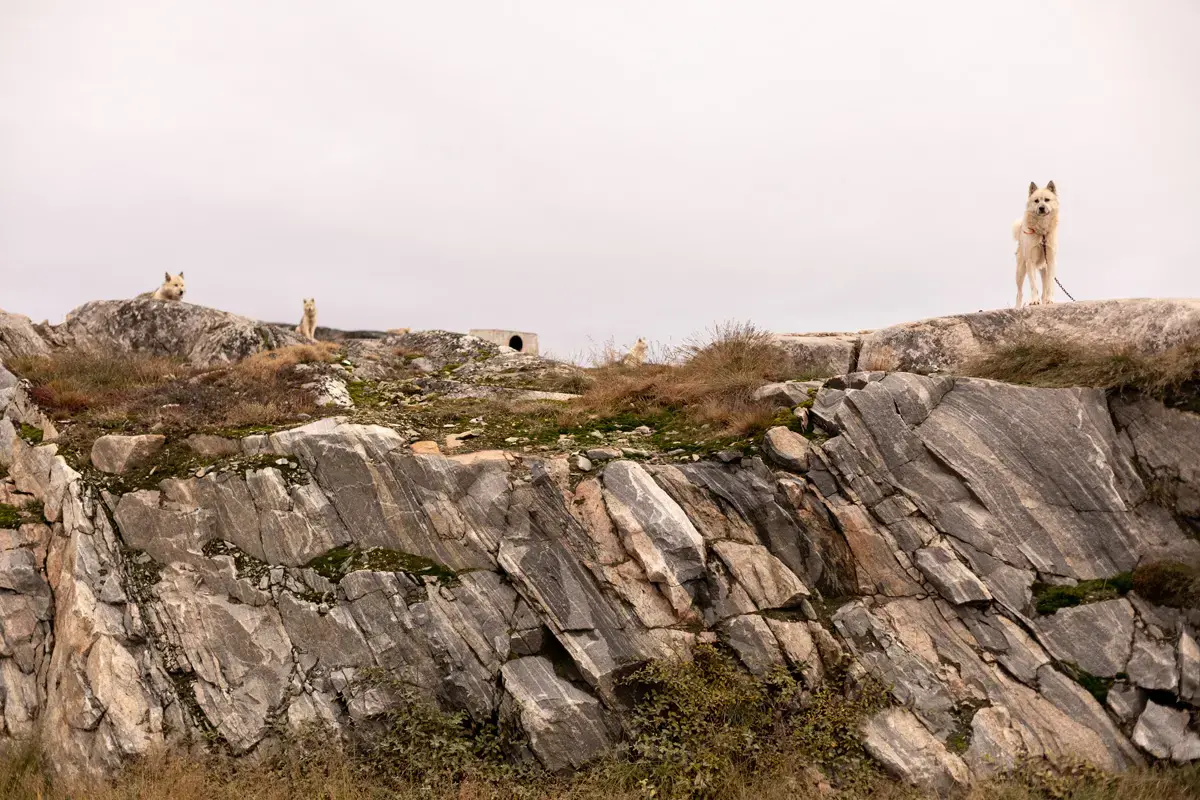
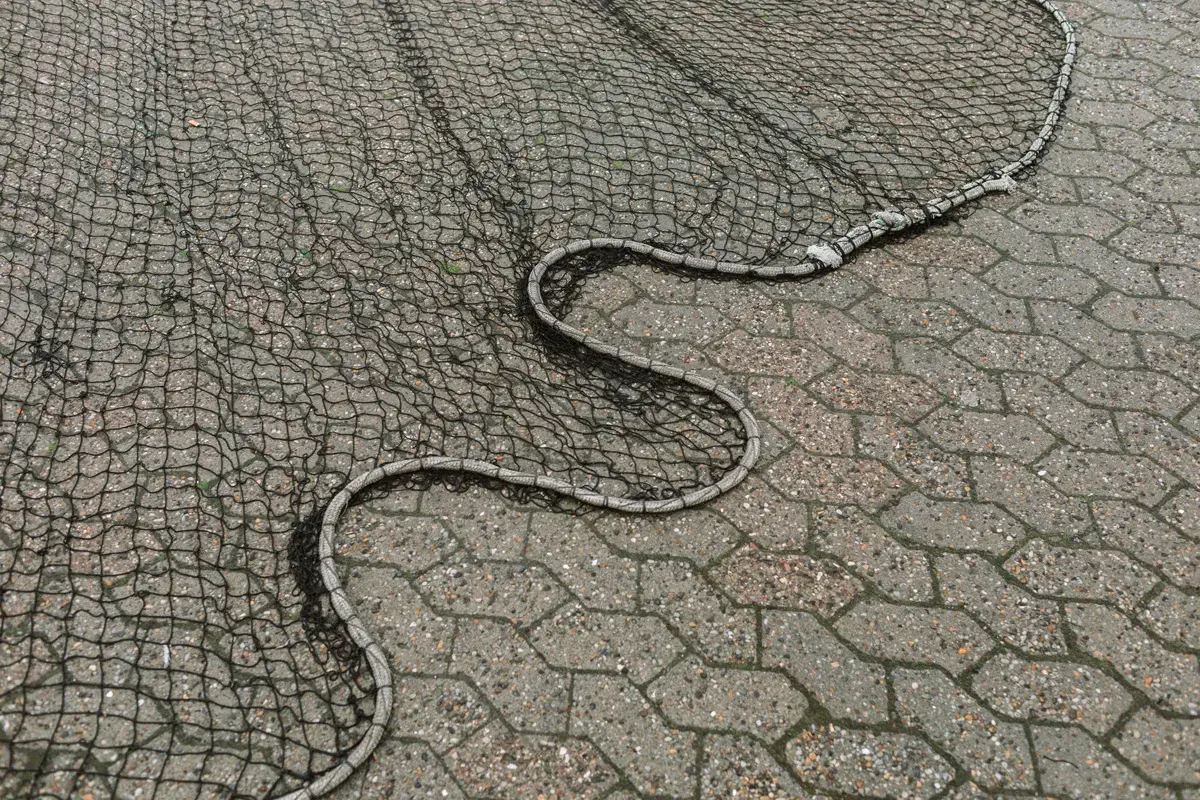
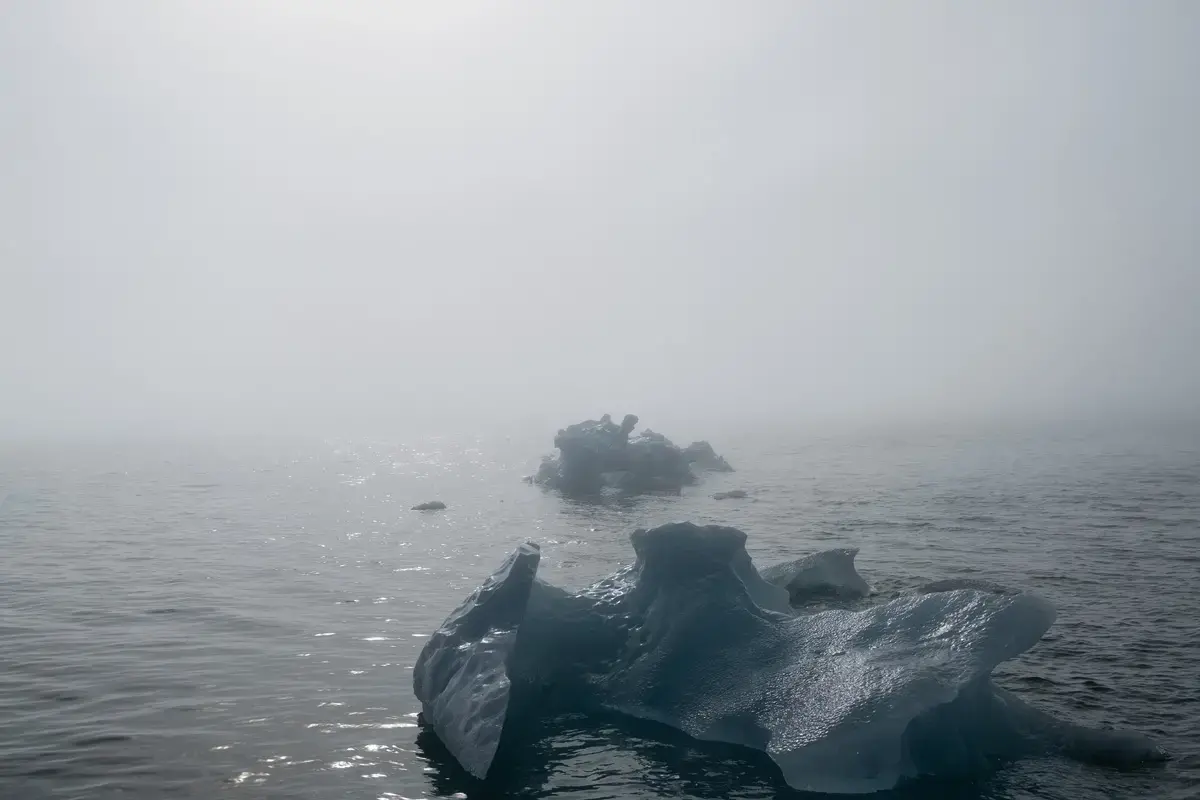
“We want to minimize the number of ships to those within the AECO (Association of Arctic Expedition Cruise Operators), as these are more sustainable, and work more with local communities. We hope for more small groups that are culturally sensitive and aware.”
But as the icebergs slowly crack, rain arrives more frequently and the farming seasons grow slightly longer. Small and subtle changes but with a big impact here in Greenland, as the world’s largest island feels the effects of our changing planet four times faster than anywhere else.
Back in Nuuk, Angutimmarik Hansen, Greenland’s most northerly sheep farmer, explains his climate change conundrum. “There’s now too much rain and ice. We need more snow, because it keeps my fields warmer, protecting the grazing grasses underneath. With all this ice these past winters, my grass dies,” he says. And barren, sodden, or frozen fields means that Angutimmarik, like Greenland’s other 13 sheep farmers, has to import most of his feed and fodder from abroad, driving up the cost for consumers.
Ole Vestergaard of Greenland’s only slaughterhouse, Neqi, provides some context: “Both the farmers and Neqi now receive government subsidies, and they made an extra support-package for the farmers to help with the above normal increase in prices.” Global warming “isn’t a positive thing for farmers here,” he adds.
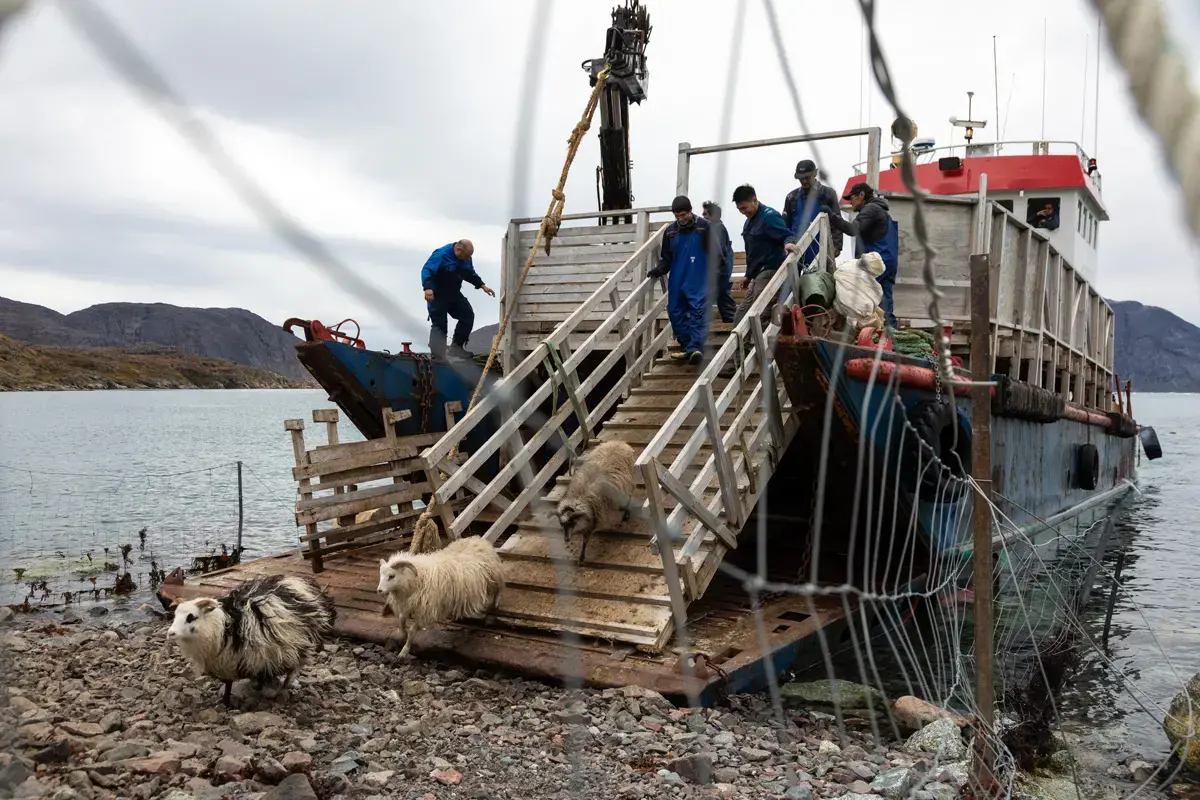
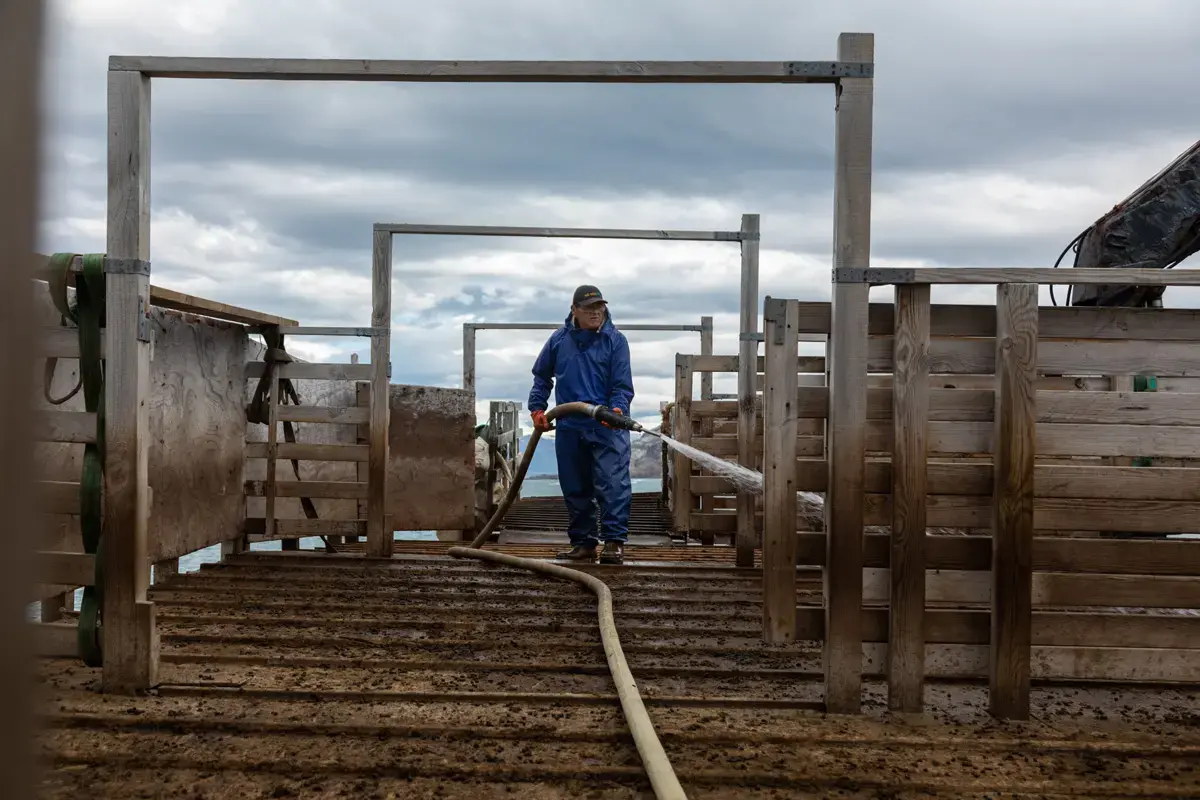
Accounting for 90 percent of Greenland’s export economy, fishing is also among the industries that have been experiencing the most dramatic changes over the past decades.
When waters around Narsaq, part of the country’s so-called “food chamber,” increased by around just 0.5 degrees Celsius, what’s charismatically referred to as Greenland’s “pink gold” shrimp left the area for cooler waters further north. Tuna and mackerel are now regularly caught where they were once rarely seen, and cod numbers have skyrocketed around Ilulissat, the country’s third largest city, just above the Arctic Circle.
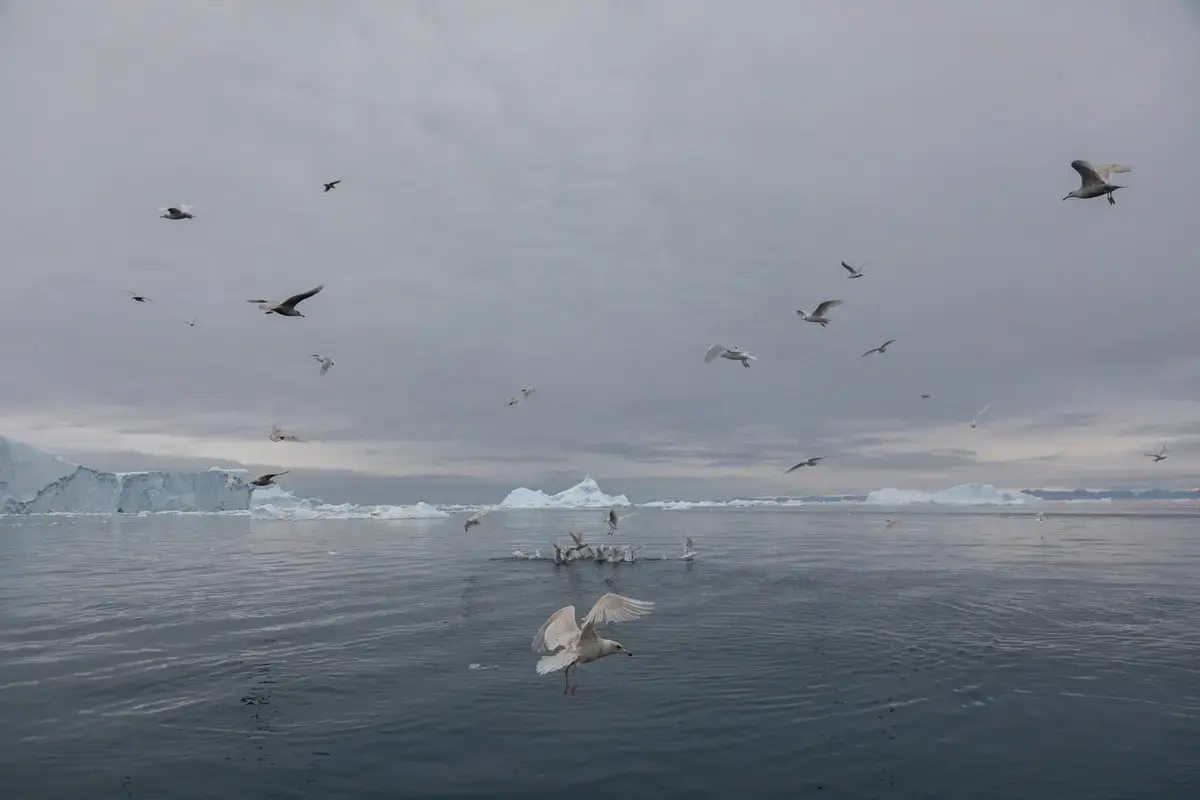
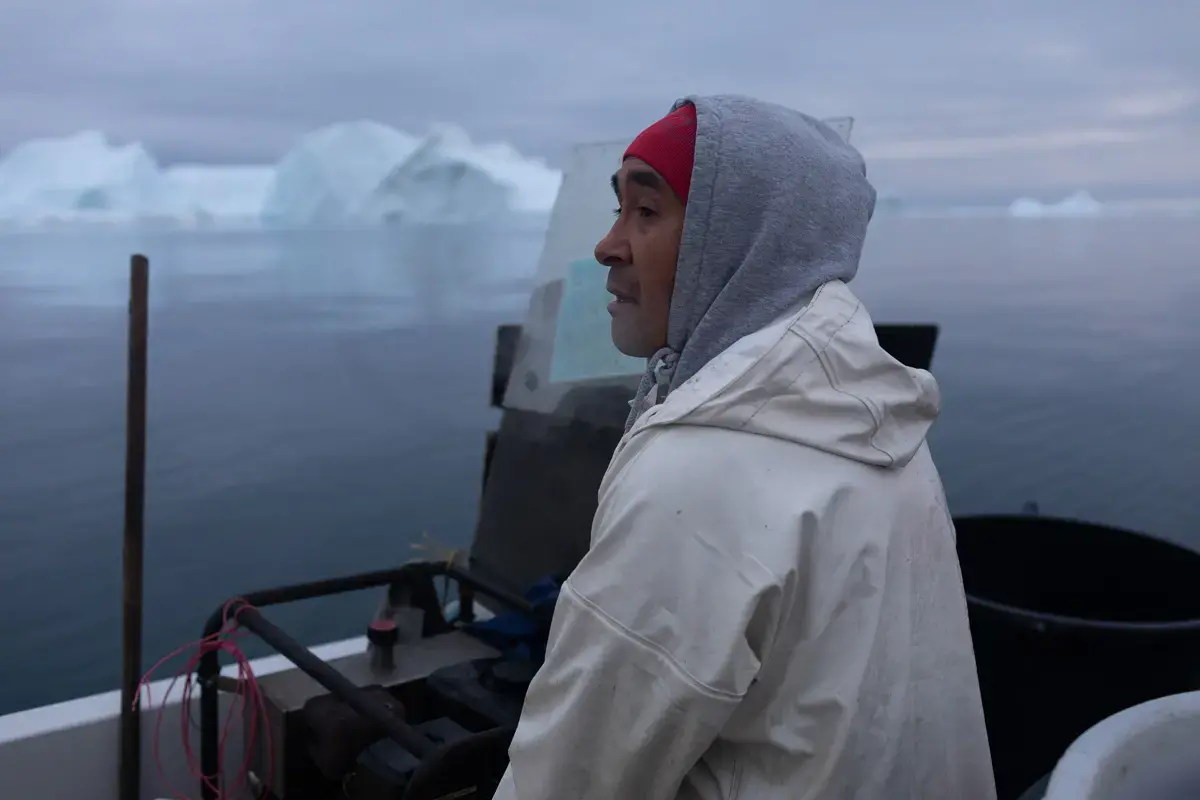
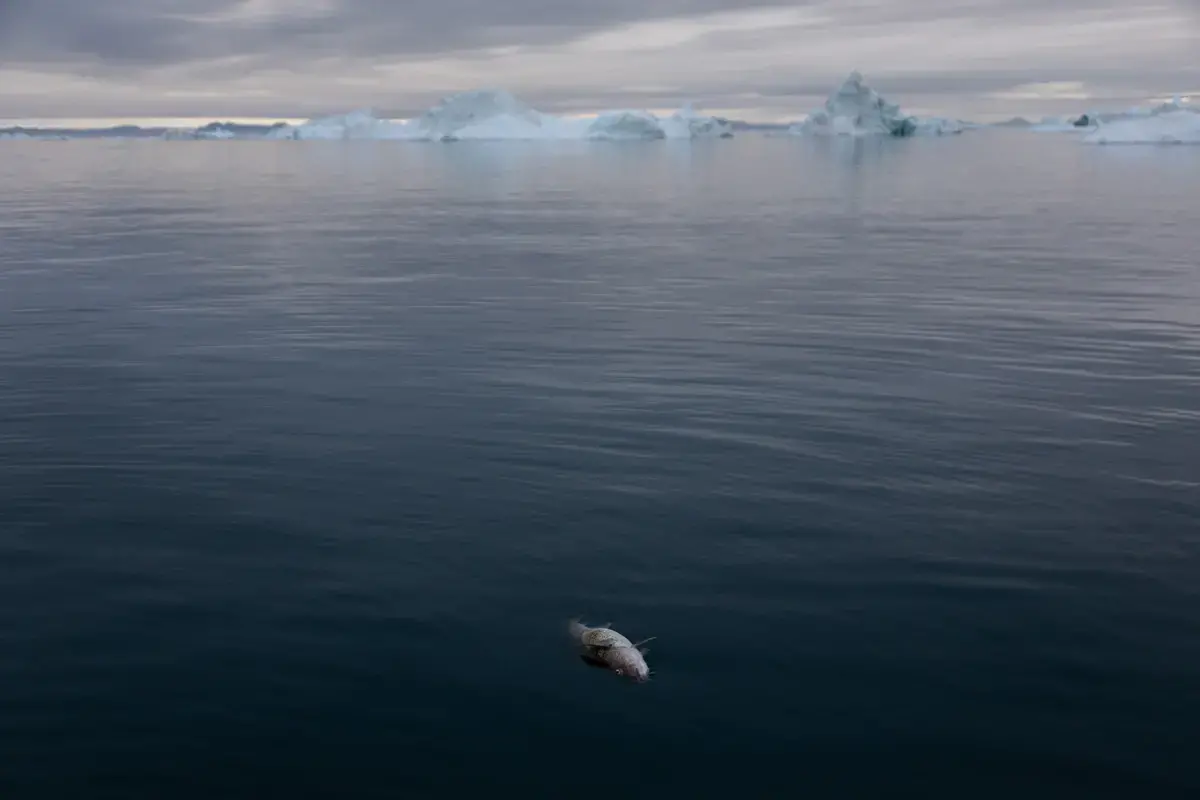
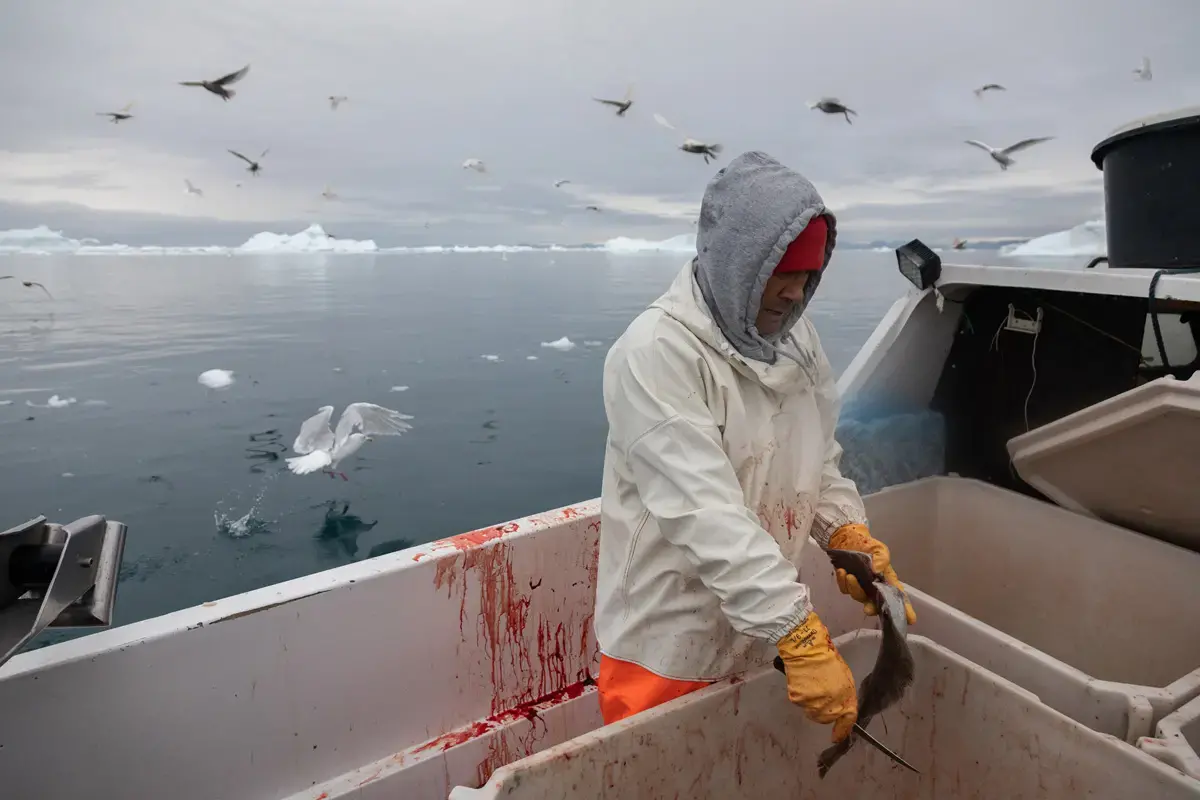
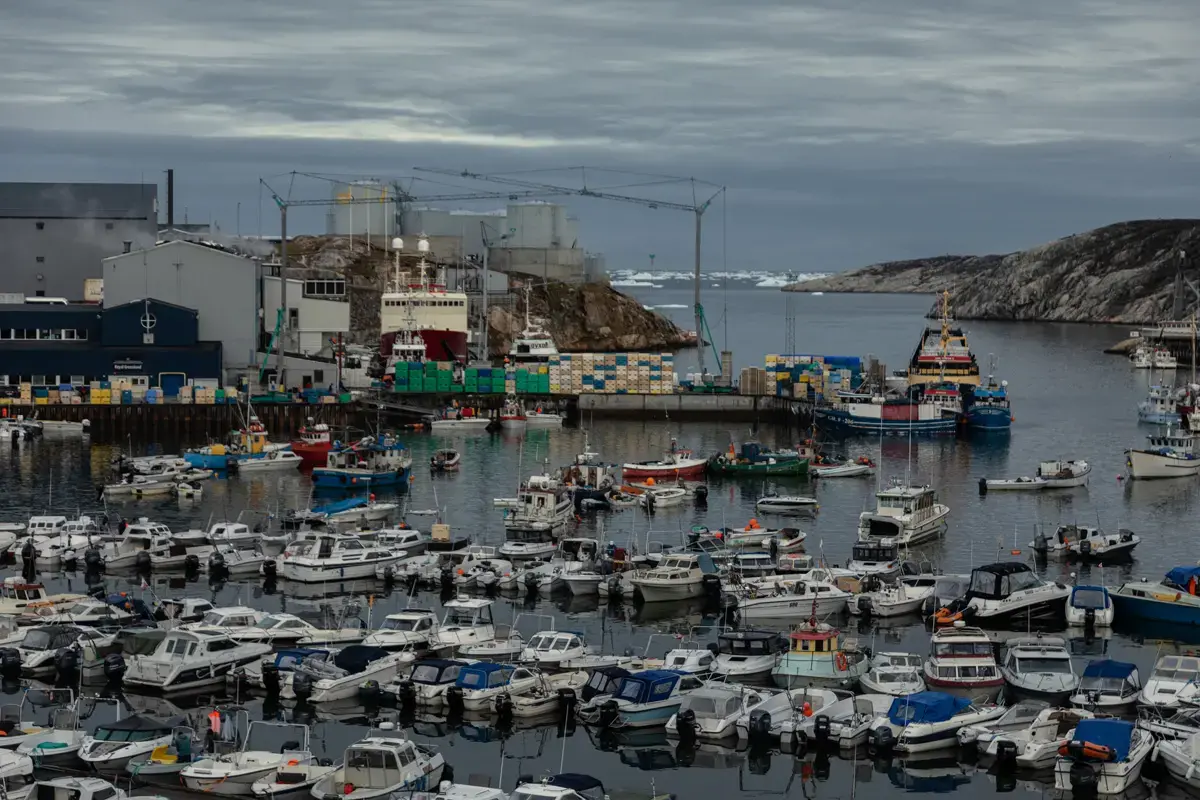
Meanwhile, on the other side of the city of Ilulissat, the fields between suburbs are home to hundreds of working sled dogs, which now spend the extended summers chained up, howling at the sky. Shorter, warmer winters mean the dogs have to roam longer and further out for ice fishing and hunting during the season.
Shepherds now have almost an extra month for their flocks to graze, as the summers have grown milder and more drawn out. But Vertergraad says despite that, the number of annually processed sheep and lamb has remained stable for the past four years.
All in all, it’s too early to tell whether or not Greenland will be able to adapt its industries and reap the benefits it believes climate change will bring. But no matter what, as former prime minister Hammond put it, “the shock will be profound.”
